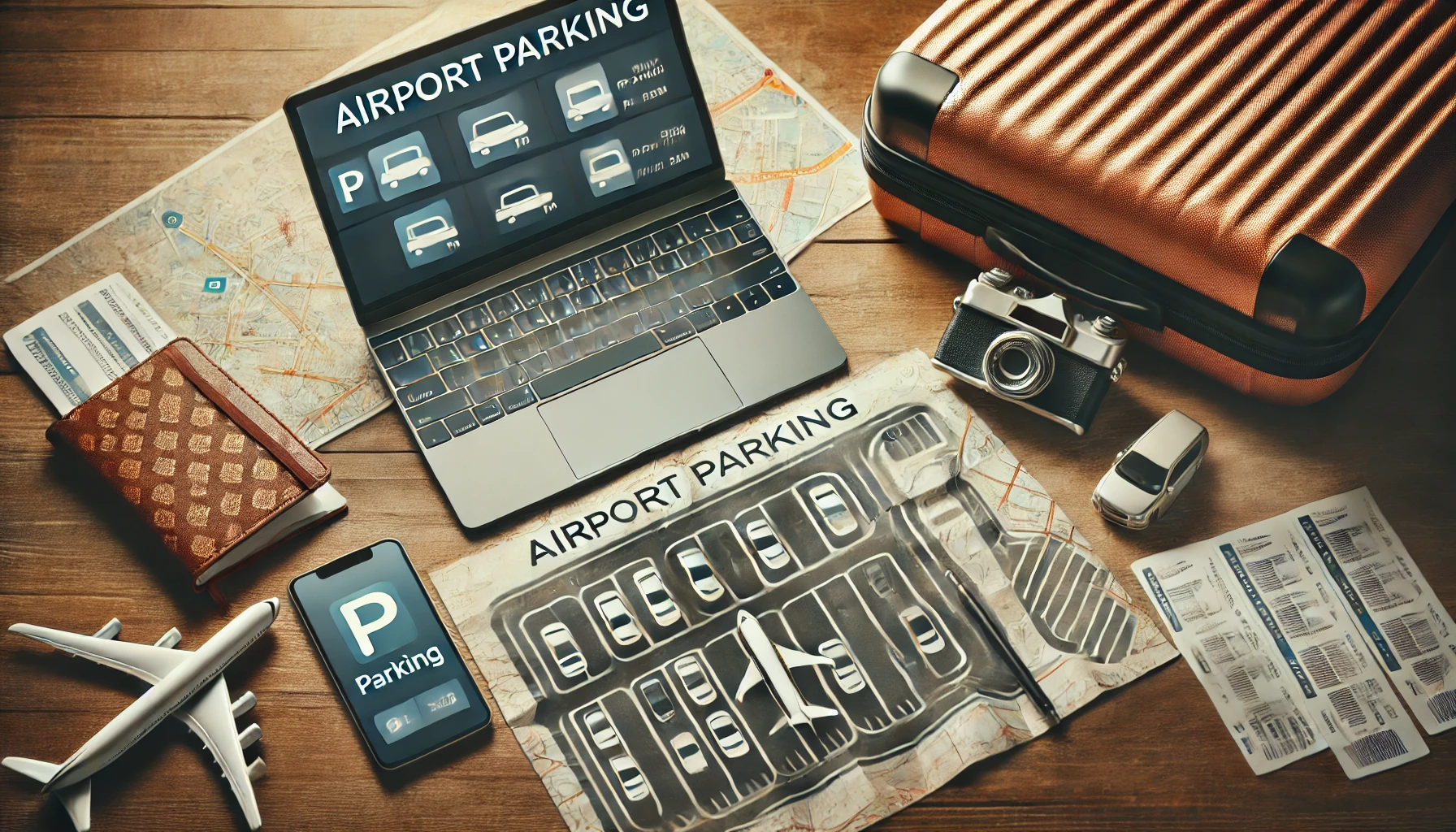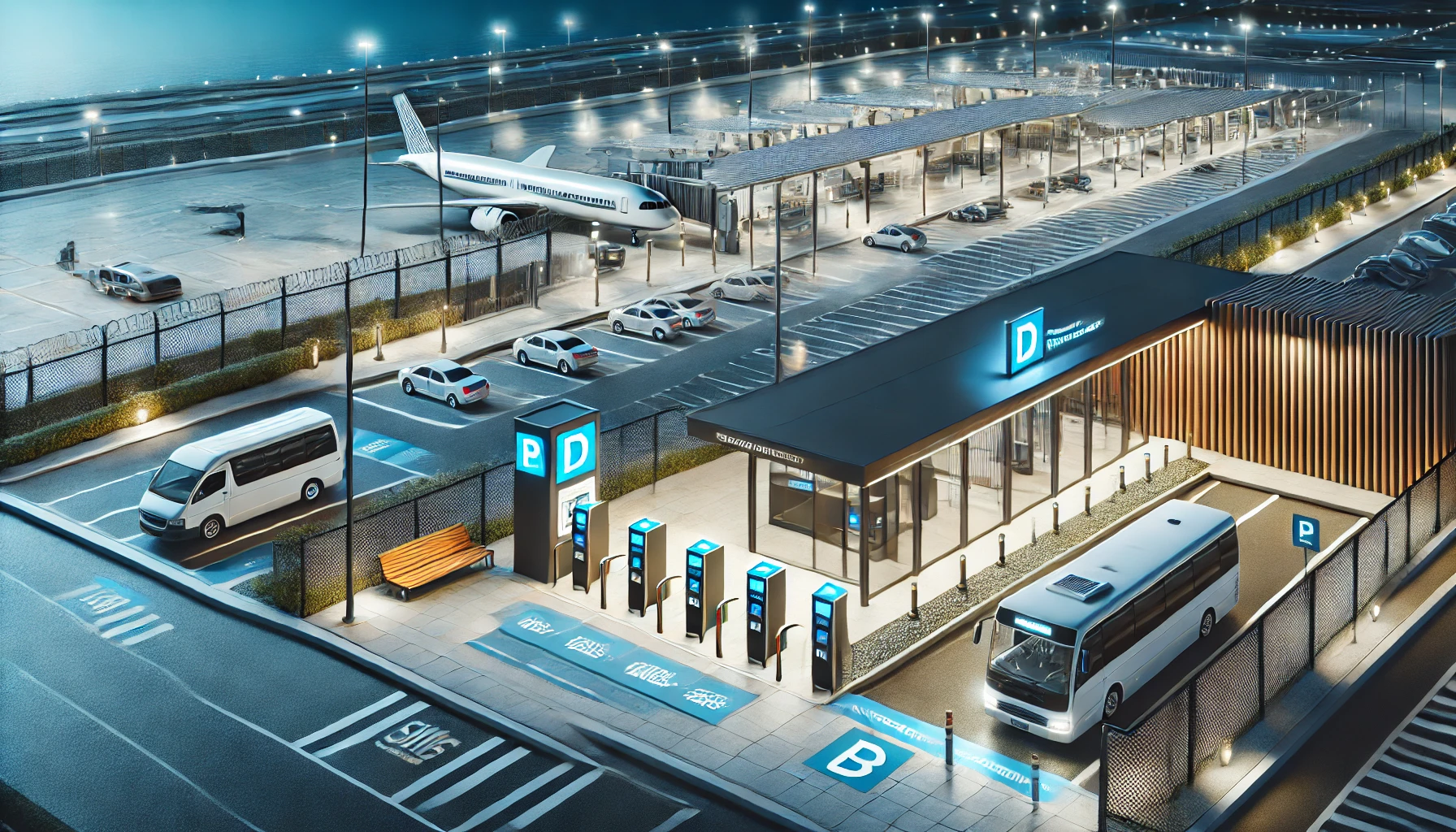Introduction
When it comes to travel planning, airport parking is often an afterthought. However, it plays a critical role in ensuring your journey begins and ends on a smooth note. The availability of parking spaces, especially during peak travel times, can directly affect your experience—impacting everything from your arrival time to your budget. Understanding how to plan for airport parking can save you from unnecessary stress and help you avoid hidden costs that could disrupt your trip.
Step 1: Research Parking Options Before Booking Your Flight
One of the first things to consider when planning your trip is parking availability at the airport. Not all airports offer the same types of parking, and availability can vary greatly depending on the day and time of your flight. Before booking your flight, it’s essential to check out the parking options at the airport you’ll be using.
Look into short-term, long-term, economy, and valet parking options. Each has different price points, proximity to terminals, and availability. By researching parking availability alongside flight times, you can avoid the disappointment of finding no spaces when you arrive, ensuring that your travel plans stay on track.
Step 2: Factor in Parking Costs When Budgeting
While the cost of your flight may be the primary concern when planning a trip, it’s crucial to remember that airport parking is a significant hidden expense. Factoring in these costs early on can help you avoid unexpected expenses that may disrupt your budget.
Make sure to include parking in your overall travel budget. Compare the prices of different parking lots at your airport, considering both on-site and off-site options. The price of parking can vary depending on location and demand, so planning for this ahead of time can help you make informed decisions and prevent you from overspending.
Step 3: Pre-Book Parking to Guarantee a Spot
A key strategy to ensure that parking doesn’t become a hassle is to pre-book your parking spot. By reserving your parking space in advance, you guarantee a spot and often benefit from discounted rates. Many airports and off-site parking lots now offer online booking platforms, allowing you to secure your parking well before your travel date.
Pre-booking not only helps save money but also provides peace of mind. Arriving at the airport with a reserved spot means you don’t have to worry about circling the lot in search of an empty space or facing higher fees at the last minute.
Step 4: Consider Off-Site Parking Options
If on-site parking feels too expensive or too crowded, off-site parking offers an excellent alternative. Off-site lots are typically less expensive and offer shuttle services to and from the airport terminals. Although they may require a bit of extra time for travel, they are a cost-effective solution, especially for longer trips.
When considering off-site options, take the time to research the reliability of shuttle services, how frequently they run, and their pick-up/drop-off locations. Off-site parking offers a balance of cost savings and convenience, especially if the airport’s on-site parking is often full or overpriced.
Step 5: Plan for Peak Travel Times and Seasonal Demand
The availability of airport parking can vary depending on the time of year. During peak travel times—such as holidays, school vacations, and major events—parking lots can fill up quickly. This can lead to frustration, added time, and even missed flights if you’re not prepared.
To avoid parking woes during peak times, it’s wise to plan ahead by checking for parking availability early. During high-demand periods, parking lots fill up faster, so it’s recommended to arrive earlier than usual to secure a spot. If possible, choose flights during off-peak hours or days to reduce the stress associated with parking availability.
Step 6: Know the Shuttle and Transfer Options
When parking at the airport, whether on-site or off-site, consider the availability and convenience of shuttle services. Shuttle buses are often the easiest way to get from your parking spot to the terminal, but they can be subject to delays.
Before selecting a parking option, make sure you are familiar with the shuttle schedule and how long it takes to get from the parking lot to the terminal. If you’re parking off-site, check if the shuttle runs frequently and during the hours you need it. This can help prevent unnecessary delays and ensure you’re not rushing to catch your flight.
Step 7: Leave Extra Time for Airport Parking
One of the most crucial aspects of planning your trip around airport parking is allowing extra time for the entire parking process. Whether you’re parking on-site or in an off-site lot, it’s important to account for the time it takes to find a spot, park, and take the shuttle to the terminal if necessary.
For domestic flights, it’s recommended to arrive at least two hours before your flight, while international travel requires at least three hours. Allowing extra time ensures that you’re not scrambling to catch your flight due to parking-related delays.
Conclusion
Airport parking is an integral part of travel planning. By researching parking options, factoring in costs, pre-booking, considering off-site parking, planning for peak times, and allowing extra time, you can make your airport experience much smoother. Planning your trip with airport parking in mind reduces stress, saves money, and allows for a more efficient start to your journey. Taking these steps ensures that parking won’t be an obstacle but an easy and stress-free aspect of your travel experience.





